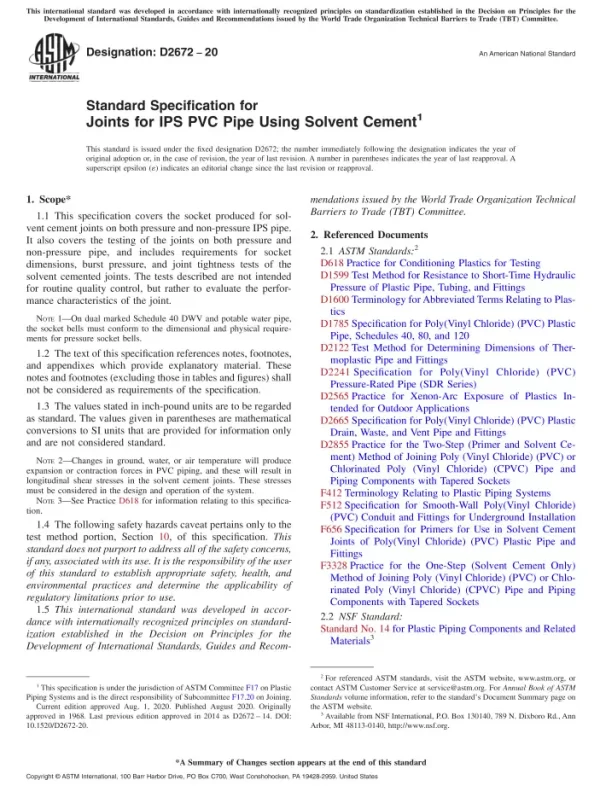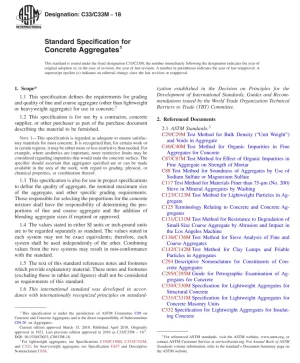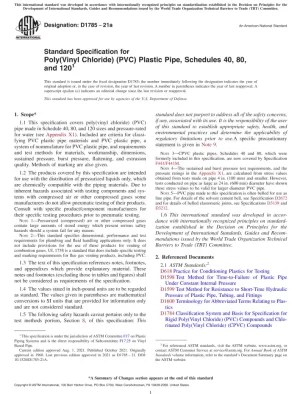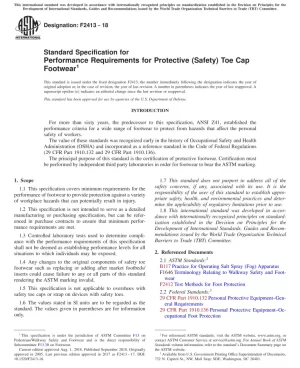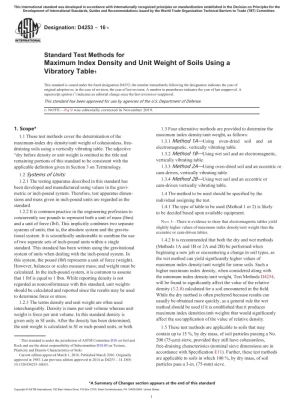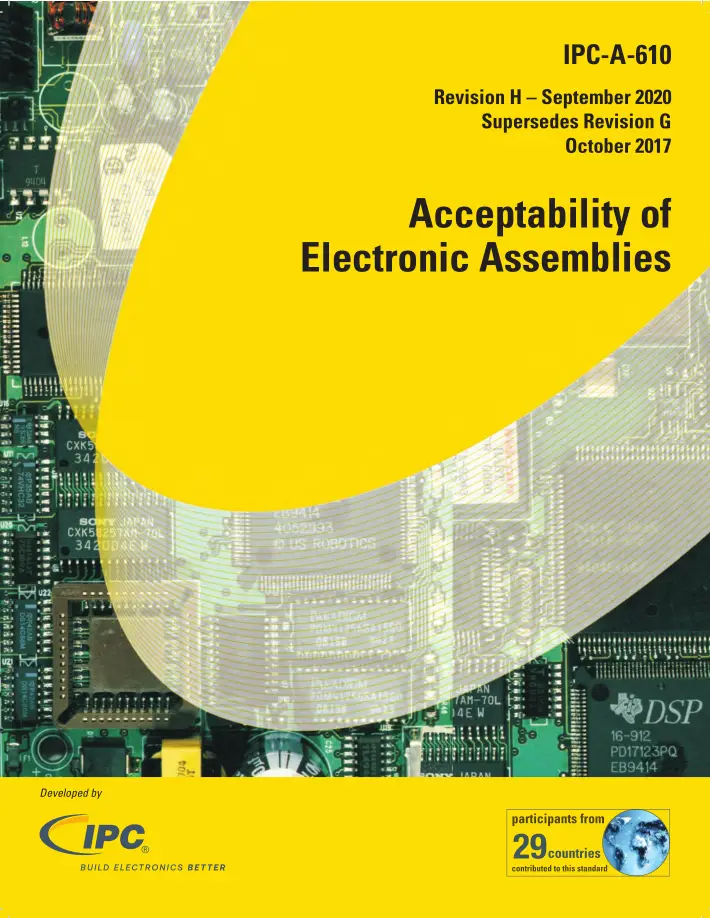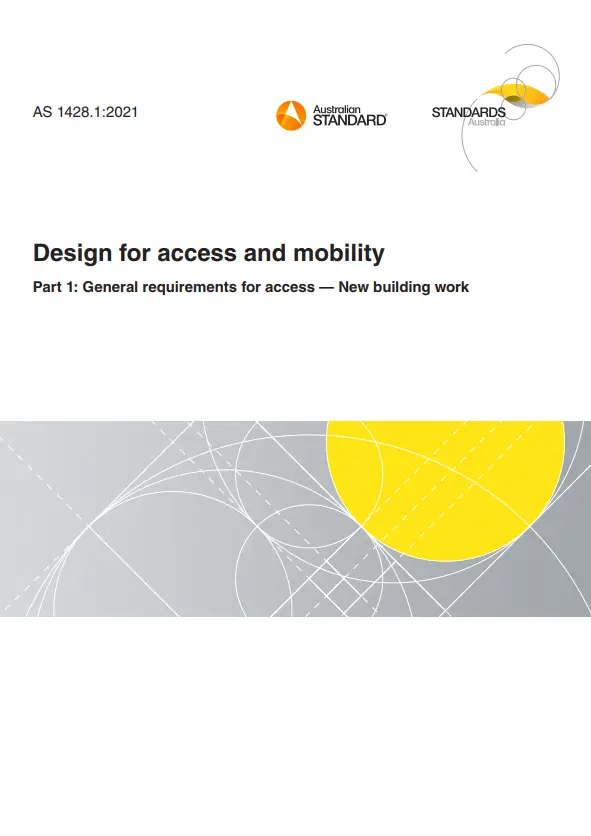ASTM D2672, 2020 Edition – Standard Specification for Joints for IPS PVC Pipe Using Solvent Cement
This specification covers the socket produced for solvent cement joints on both pressure and non-pressure IPS pipe. It also covers the testing of the joints on both pressure and non-pressure pipe, and includes requirements for socket dimensions, burst pressure, and joint tightness tests of the solvent cemented joints. The tests described are not intended for routine quality control, but rather to evaluate the performance characteristics of the joint.
NOTE 1—On dual marked Schedule 40 DWV and potable water pipe, the socket bells must conform to the dimensional and physical requirements for pressure socket bells.
The text of this specification references notes, footnotes, and appendixes which provide explanatory material. These notes and footnotes (excluding those in tables and figures) shall not be considered as requirements of the specification.
The values stated in inch-pound units are to be regarded as standard. The values given in parentheses are mathematical conversions to SI units that are provided for information only and are not considered standard.
NOTE 2—Changes in ground, water, or air temperature will produce expansion or contraction forces in PVC piping, and these will result in longitudinal shear stresses in the solvent cement joints. These stresses must be considered in the design and operation of the system.
NOTE 3—See Practice D618 for information relating to this specification.
The following safety hazards caveat pertains only to the test method portion, Section 10, of this specification. This standard does not purport to address all of the safety concerns, if any, associated with its use. It is the responsibility of the user of this standard to establish appropriate safety, health, and environmental practices and determine the applicability of regulatory limitations prior to use.
This international standard was developed in accordance with internationally recognized principles on standardization established in the Decision on Principles for the Development of International Standards, Guides and Recommendations issued by the World Trade Organization Technical Barriers to Trade (TBT) Committee.
General Product Information:
| Revision | 2020 Edition |
| Document Type | |
| Document Language | English |
| Pages | 4 |
| Publisher | ASTM International (ASTM) |
| Status | Current |

